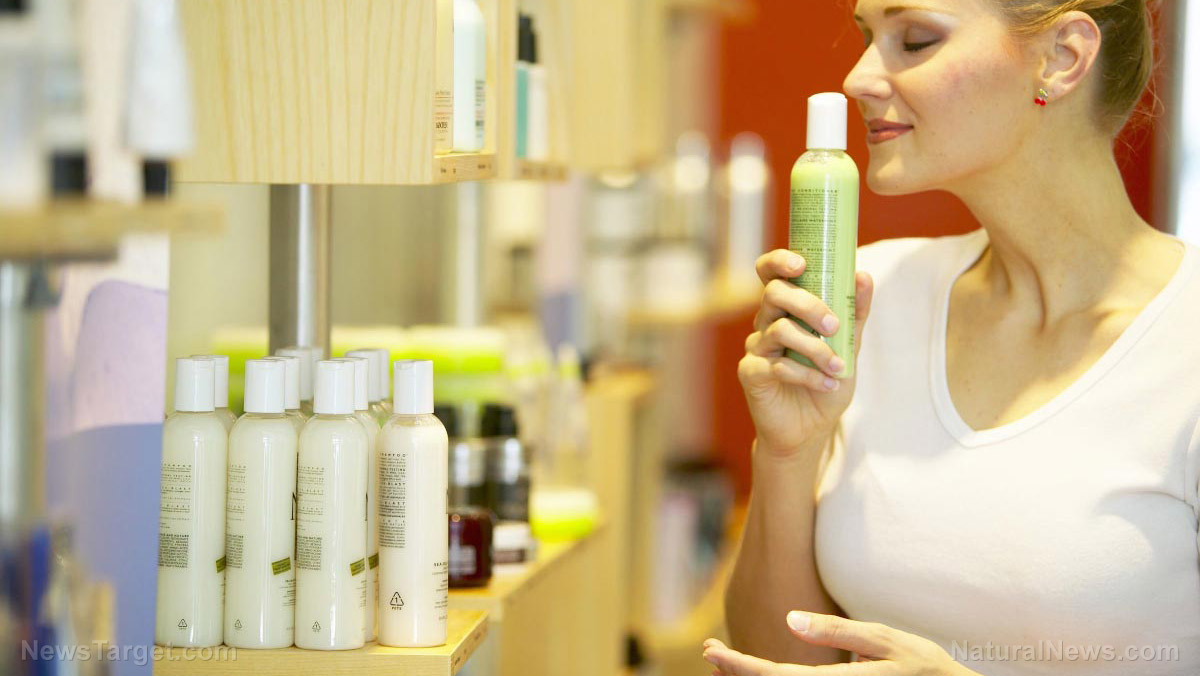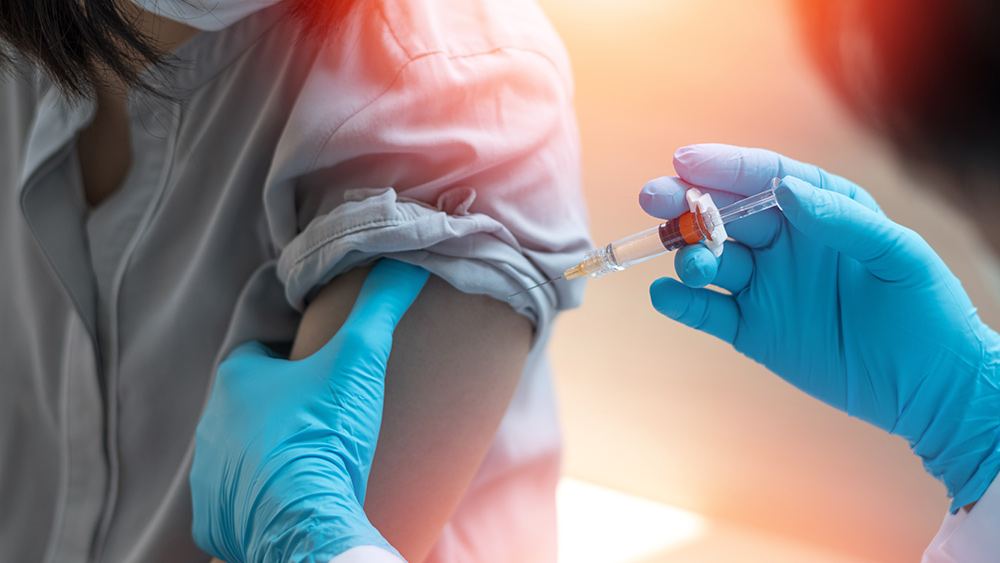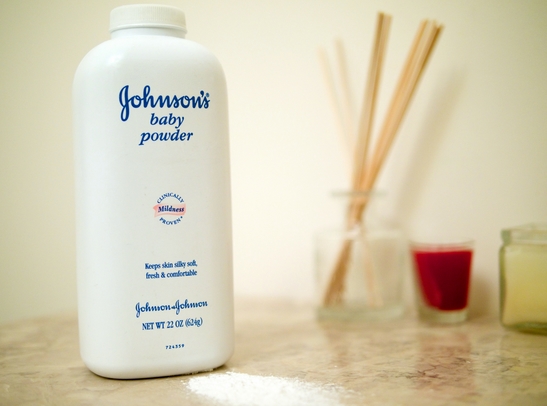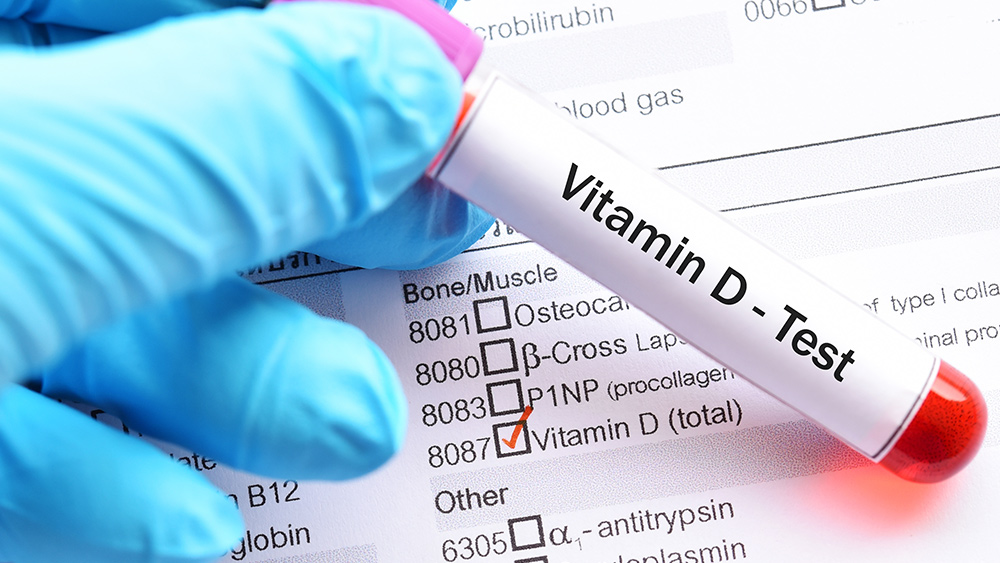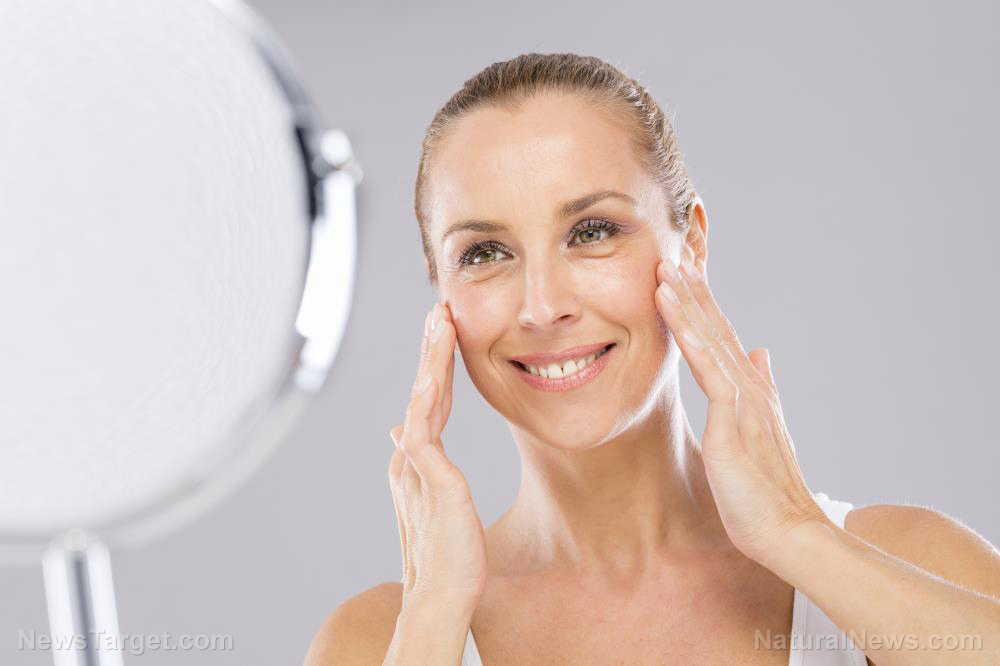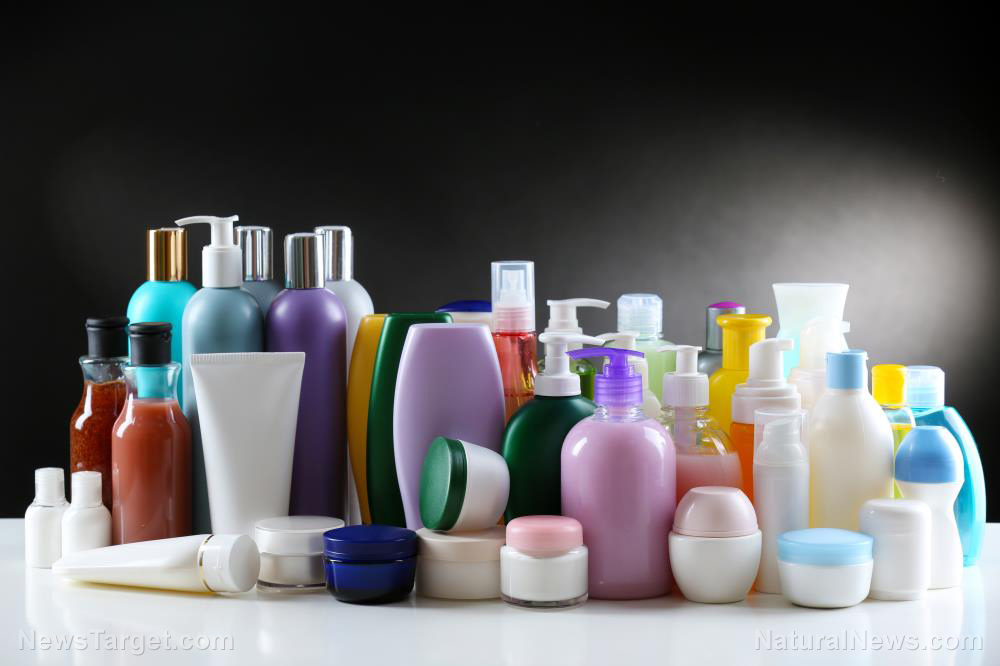Study: Toxic FOREVER CHEMICALS are found in many cosmetics
07/25/2023 / By Olivia Cook
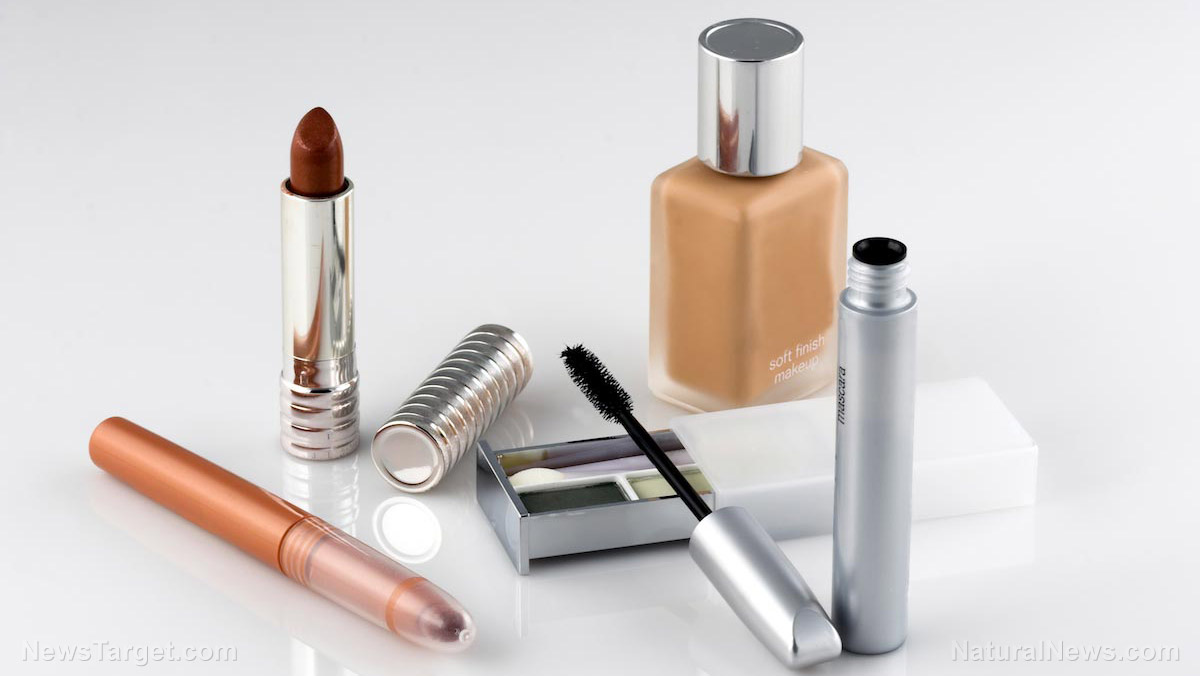
A study has revealed the ugly side of beauty products, as many of them contain so-called toxic “forever chemicals.”
The study published in Environmental Science and Technology Letters indicated that millions of Americans could be unknowingly exposed to the toxic “forever chemicals” called per- and polyfluoroalkyl substances (PFAS) from cosmetics and other personal care products they apply to their bodies every day.
The researchers tested eight categories of cosmetics from U.S. and Canadian stores for total fluorine, a marker for PFAS. PFAS listed on product labels often includes “fluoro” in the ingredient name.
More than half of 231 cosmetic products tested contained PFAS – and most of them did not list any PFAS compounds on their ingredient labels, according to peer-reviewed research. The study reported foundations, liquid lipsticks and mascaras had the highest levels of fluorine.
The team then chose 29 products for further testing to identify specific PFAS and found all the products had detectable levels of at least four different PFAS compounds. Many of these products are applied directly to the skin, the body’s largest organ, from which ingredients can be absorbed directly into the bloodstream.
PFAS are often intentionally added to personal care products like dental floss, eyeliners, eyeshadows, facial cleanser, foundation, hand and body lotion, lipstick, nail polish, shaving cream and waterproof mascara to improve the product’s consistency, durability, texture and water resistance.
The new data showed most products containing PFAS did not disclose their use and the researchers suggested the detection of the substances could be due to contamination during manufacturing, leaching from storage containers or companies using the fluorinated versions of product ingredients listed by their generic names.
“Consumers may be misled by the claims of longer-lasting products, without knowing that they are applying PFAS-laced cosmetics to their body,” said Carla Burns, senior healthy living science analyst of the Environmental Working Group (EWG).
“And what is of great concern is that most of the products tested did not disclose PFAS on their ingredient labels. This testing also showed some of the compounds detected in these cosmetics break down into other, highly toxic PFAS,” Burns added. (Related: Top 10 hazardous cosmetic products to avoid if you want to protect your family from harsh chemicals.)
Time to kick PFAS out of makeup
Personal care products do not have to be reviewed or approved by the Food and Drug Administration (FDA) before they hit the market – nor do they have to include a full list of ingredients.
Manufacturers can hide their specific formulas behind vague terms such as “fragrance” or “flavor.” As a result, tens of millions of consumers unknowingly rub products containing these hazardous chemicals in their skin and hair every day, noted Dr. Shruthi Mahalingaiah, reproductive endocrinologist director of clinical research at Massachusetts General Fertility Center.
It is not surprising – but it is deeply troubling – when a study, published in Science of The Total Environment, analyzed menstrual blood from four study participants, researchers found traces of 1,748 environmental chemicals, including suspected reproductive toxicants such as organochlorines, parabens, phenols and phthalates.
Policymakers, regulators and scientists need to take stronger action to protect the public from these toxic chemicals.
The PFAS class, which includes more than 4,700 compounds, is linked to serious health issues, including cancer, obesity, decreased fertility and a weakened immune system. (Related: Toxic chemicals in cosmetics are increasingly HARMING consumers.)
The popular brand Thinx recently settled a class action lawsuit over the presence of PFAS in ultra-absorbent period underwear that it had marketed as sustainable, organic and part of the solution for a “healthier world.”
Then there are the mineral and metal contaminants – the FDA has advised consumers not to use certain brands of blush, bronzer and eye shadow because they contain asbestos. The agency has also warned of hazardous levels of lead in kohl eyeliners.
Cosmetics and personal care products lack government oversight
Chemicals and contaminants linked to cancer can be found in food, water and many other everyday products. But no category of consumer products is subject to less government oversight than cosmetics and other personal care products, said Scott Faber, EWG senior vice president of government affairs.
The California Safe Cosmetics Program of the California Department of Public Health (CDPH) reported that since 2009, 595 cosmetic manufacturers have reported using 88 chemicals in more than 73,000 products that have been linked to birth defects or reproductive harm and cancer.
As proposed in the California Assembly Bill 2762, the Toxic-Free Cosmetics Act, among the toxic chemicals that should be banned are:
- Dibutyl and diethyl hexyl phthalates, which disrupt hormones and damage the reproductive system
- Formaldehyde, a known carcinogen
- Isobutyl and isopropyl parabens, which disrupt hormones and harm the reproductive system
- Long-chain PFAS, which have been linked to cancer
- M- and o-phenylenediamine, used in hair dyes irritate and sensitize the skin, damage DNA and can cause cancer
- Mercury, which can damage the kidneys and nervous system
- Methyl glycol, a type of formaldehyde
- Paraformaldehyde, a type of formaldehyde
- Quaternium 15, which releases formaldehyde
All of these toxic chemicals have been banned by the European Union and many other nations, and many have been slated for removal from major U.S. retailers, including Target, Rite Aid, Walgreens and CVS Health.
Watch this video to learn more about the links between cosmetics, chemicals and cancer.
This video is from the Eric Dubay channel on Brighteon.com.
More related stories:
CHEMICALS LIST: Toxic ingredients in cosmetics and personal care products.
Top cosmetic and personal care chemicals that cause hormonal disruption.
Sources include:
Submit a correction >>
Tagged Under:
big government, cancer criminals, chemistry, Cosmetics, dangerous, deception, Endocrine disruptors, FDA, forever chemicals, PFAS, poison, products, real investigations, research, toxic chemicals, toxic ingredients, toxins
This article may contain statements that reflect the opinion of the author
RECENT NEWS & ARTICLES
COPYRIGHT © 2017 COSMETICS NEWS



